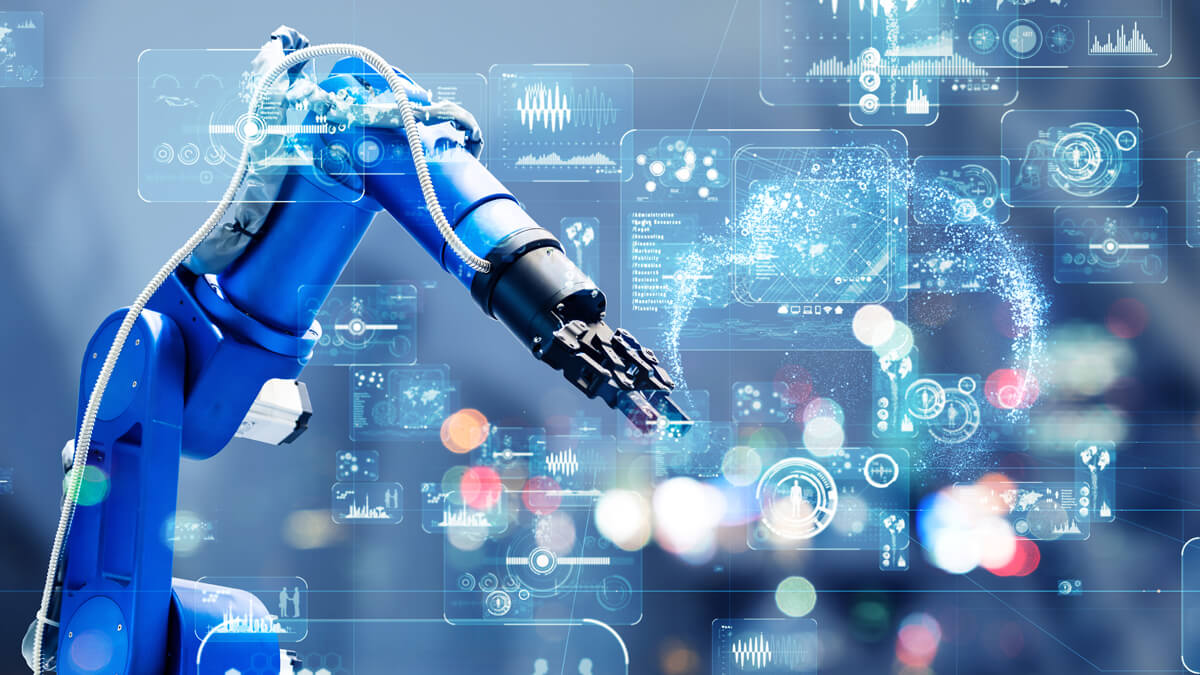Manufacturing Employment Faces Continued Decline
U.S. manufacturing employment has been on a long-term downward trend, reaching its lowest point since the early days of the COVID-19 pandemic. According to recent federal data, the industry lost 78,000 jobs over the past year, including 12,000 cuts in August alone. While automation plays a major role in reshaping the workforce, experts emphasize that it’s not the only factor driving this decline.
The August 2025 labor turnover survey revealed a 12% decrease in job openings compared to the previous year, alongside 313,000 job separations in the sector. Employment in manufacturing has been gradually decreasing since early 2023—continuing a multi-decade trend that dates back to 1979.
Beyond Automation: Multiple Forces at Play
While automation and artificial intelligence (AI) are transforming the factory floor, the decline in manufacturing employment is also linked to tariff changes, restrictive immigration policies, and an aging workforce. These external pressures are reshaping production strategies and workforce dynamics, creating both challenges and opportunities for industrial leaders.
Experts say that the convergence of these factors reflects a structural transformation rather than a simple displacement of jobs by machines. As global supply chains evolve and competition intensifies, manufacturers are rethinking their labor models to remain efficient and sustainable.
Automation and AI: Bridging the Labor Gap
The U.S. manufacturing sector has faced a chronic labor shortage for years. According to research from Deloitte and The Manufacturing Institute, nearly 2 million jobs could remain unfilled by 2030, representing half of all new roles created. To address this gap, companies are increasingly turning to AI-driven automation and advanced robotics.
Industries such as automotive, semiconductors, electronics, aerospace, and pharmaceuticals are leading the adoption of these technologies, leveraging automation for repetitive, high-volume processes. From China’s and Japan’s fully automated factories to Tesla’s U.S. Gigafactories, intelligent automation is redefining how production lines operate—enhancing precision, reducing costs, and maintaining output amid labor shortages.
Reskilling: The Human Element in an Automated Future
Despite growing automation, experts agree that people remain essential to the future of manufacturing. According to the Society for Human Resource Management (SHRM), around 15% of all U.S. jobs—approximately 23 million positions—are at high risk of being displaced by automation.
However, displacement does not necessarily mean elimination. Many roles are evolving rather than disappearing, with workers moving toward more technical, supervisory, and analytical positions. Reskilling and upskilling programs are becoming crucial as factories adopt smarter systems.
“Factories will keep getting smarter and more automated, but people will not disappear from the equation,” said Janelle Bieler, U.S. Head of Tech Talent Solutions at Akkodis, part of The Adecco Group. Her statement captures the industry consensus that technology should enhance human capability, not replace it.
Conclusion: Adapting to a Smarter Industrial Era
The decline in manufacturing employment is not just a story of job loss—it’s a reflection of an industry in transition. As automation, AI, and digitalization advance, manufacturers must balance technological efficiency with human adaptability.
The future of industrial work will depend on how effectively the sector integrates human intelligence with machine precision, ensuring that automation becomes a catalyst for innovation, safety, and long-term growth—rather than a force of displacement.


